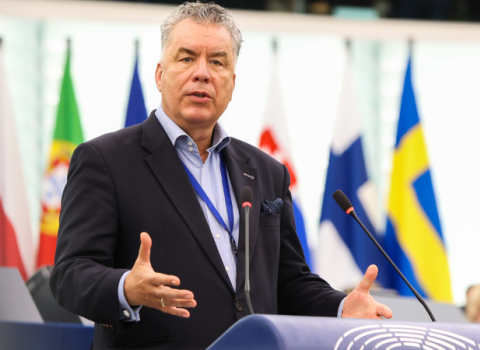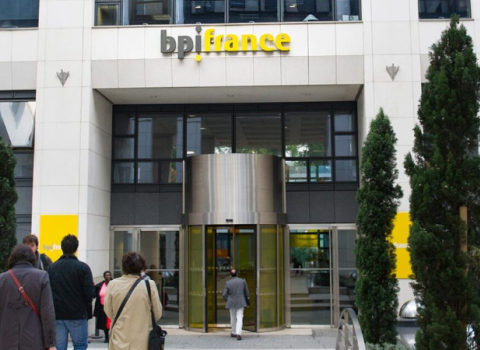If a cheap, stable and efficient way could be found to produce hydrogen from water, a hydrogen-fuel economy could finally become a reality.
Scientists at KTH Royal Institute of Technology in Stockholm now report that they have unlocked one major barrier to exploiting this renewable energy source.
Because the best-performing catalysts for electrochemical oxidation, or "water splitting", are expensive precious metals, the research team led by KTH Professor Licheng Sun is one of many worldwide searching for cheaper alternatives. Sun had earlier developed molecular catalysts for water oxidation with an efficiency approaching that of natural photosynthesis.
Last week his team reported in Nature Communications that it has discovered that a new material composed of common earth-abundant elements could be used as a catalyst for water splitting, which could help change the economics of large scale hydrogen fuel production.
Researcher Ke Fan says that the new material is a monolayered double hydroxide involving nickel and vanadium, which offers a state-of-art electrocatalyst for water oxidation. The low-cost, highly efficient nickel-vanadium monolayer outperforms other electrocatalysts that are composed of non-precious materials, Fan says. And it offers a competitive, cheap alternative to catalysts that rely on more expensive, precious materials, such as iridium oxide (IrO2) or ruthenium oxide (RuO2).
"This is the first time that the metal, vanadium, has been used to dope nickel hydroxide to form a water oxidation catalyst, and it works very well — even beyond our expectations," Fan says. "No doubt this material can greatly expand the scope of non-precious metal elements of electrocatalysts, and it opens new areas for water splitting."
One possibility the discovery raises is large-scale production of hydrogen fuel using Sun's catalyst.
The material possesses a layered structure with monolayer nickel-vanadium oxygen polyhedron connected together with a thickness below 1 nanometer, says researcher Hong Chen.
"This monolayer feature not only increases the active surface area, but also enhances the electron transfer within the material," Chen says.
Sun expects the research to “open a new area of low-cost water oxidation catalysts, featuring stability and efficiencies that equal or even surpass some of today’s best catalysts including RuO2 and IrO2.”
Read the study: doi:10.1038/ncomms11981 




 A unique international forum for public research organisations and companies to connect their external engagement with strategic interests around their R&D system.
A unique international forum for public research organisations and companies to connect their external engagement with strategic interests around their R&D system.